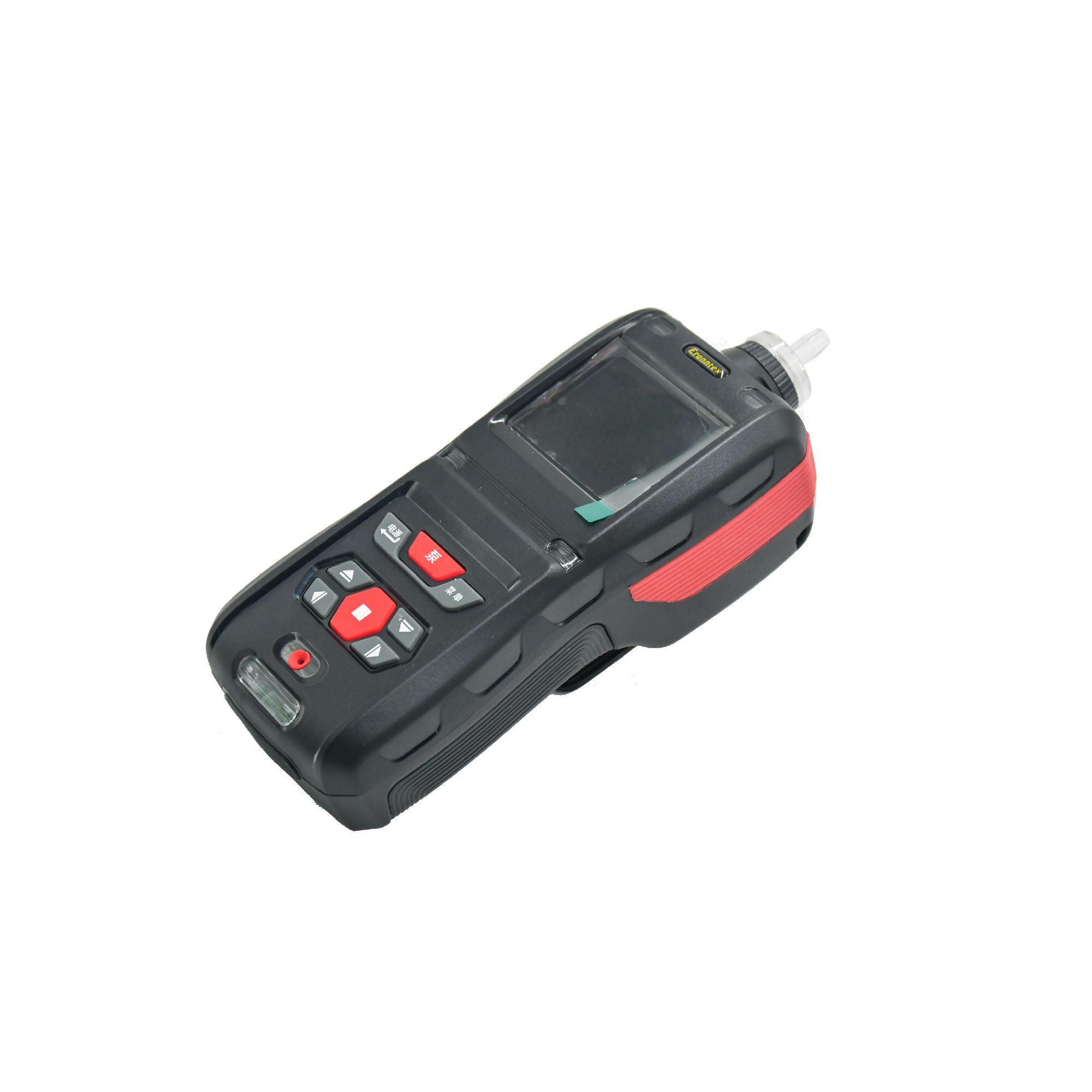- English
- Español
- Português
- русский
- Français
- 日本語
- Deutsch
- tiếng Việt
- Italiano
- Nederlands
- ภาษาไทย
- Polski
- 한국어
- Svenska
- magyar
- Malay
- বাংলা ভাষার
- Dansk
- Suomi
- हिन्दी
- Pilipino
- Türkçe
- Gaeilge
- العربية
- Indonesia
- Norsk
- تمل
- český
- ελληνικά
- український
- Javanese
- فارسی
- தமிழ்
- తెలుగు
- नेपाली
- Burmese
- български
- ລາວ
- Latine
- Қазақша
- Euskal
- Azərbaycan
- Slovenský jazyk
- Македонски
- Lietuvos
- Eesti Keel
- Română
- Slovenski
- मराठी
- Srpski језик
The readings of the 4-in-1 gas detector suddenly rise and then fall. What could be the reason?
2024-10-29
When discussing the possible reasons why the readings of a four-in-one gas detector suddenly rise and then fall, we first need to understand the basic working principle of this device and its important role in various industrial and environmental safety monitoring. A four-in-one gas detector is a portable instrument that integrates multiple gas detection functions. It is often used to simultaneously monitor multiple harmful or flammable gases, such as methane, hydrogen sulfide, carbon monoxide, and oxygen, to ensure the safety of the working environment.

There are many possible reasons why the readings of a four-in-one gas detector suddenly rise and then fall. Here are some of the main reasons:
1. Changes in gas concentration
Gas concentration exceeds the standard: When the concentration of a certain gas in the detection environment suddenly increases and exceeds the upper limit of the detector's range, the reading may rise rapidly. Subsequently, if the gas concentration decreases rapidly or the detector is recalibrated to the normal range, the reading may drop. This situation may indicate that there is a potential danger in the environment and immediate action is needed.
Concentration fluctuations: In some cases, gas concentrations may fluctuate in a short period of time, causing the detector reading to rise and then fall.
2. Sensor problems
Sensor aging or damage: The sensor is the core component of the gas detector. After long-term use, it may age or damage, resulting in inaccurate measurement results. Sensor failure may manifest as a sudden increase or decrease in readings.
Cross-interference: There may be cross-interference between certain gases, that is, the presence of one gas may affect the detection of another gas. This interference may cause abnormal readings of the detector.
3. Instrument failure
Internal component damage: Damage or looseness of components such as circuit boards and connecting wires inside the detector may cause the device to fail to work properly, thereby affecting the accuracy of readings.
Battery power is low or damaged: Low battery power or battery damage may cause the device to be unable to provide enough power to the sensor to work, thereby affecting the stability of readings.
4. Environmental interference
Environmental factors such as high temperature, high humidity, and dust: These factors may affect the accuracy and stability of the sensor, resulting in errors in readings. For example, high temperature may reduce sensor performance, and high humidity and dust may contaminate the sensor surface, resulting in inaccurate readings.
Electromagnetic wave interference: Electromagnetic waves in the environment may also interfere with the measurement results of the detector, resulting in abnormal readings.
5. Improper operation
Failure to perform calibration and maintenance according to the instructions: The detector needs to be calibrated regularly to ensure measurement accuracy. If the correct calibration and maintenance are not performed according to the instructions, inaccurate readings may result.
Misoperation or incorrect use: For example, pressing a button by mistake, using it in an unsuitable detection environment, etc., may affect the accuracy of the detector's readings.
In summary, when the reading of the four-in-one gas detector suddenly rises and then falls, you should first check whether the gas concentration in the detection environment has changed, and check whether the sensor, internal components of the instrument, and batteries are operating normally. At the same time, it is also necessary to consider the impact of environmental factors and operational factors on the test results. In actual applications, investigations and processing should be carried out according to the specific situation to ensure the accuracy and reliability of the equipment and provide strong protection for the safety of the working environment.







